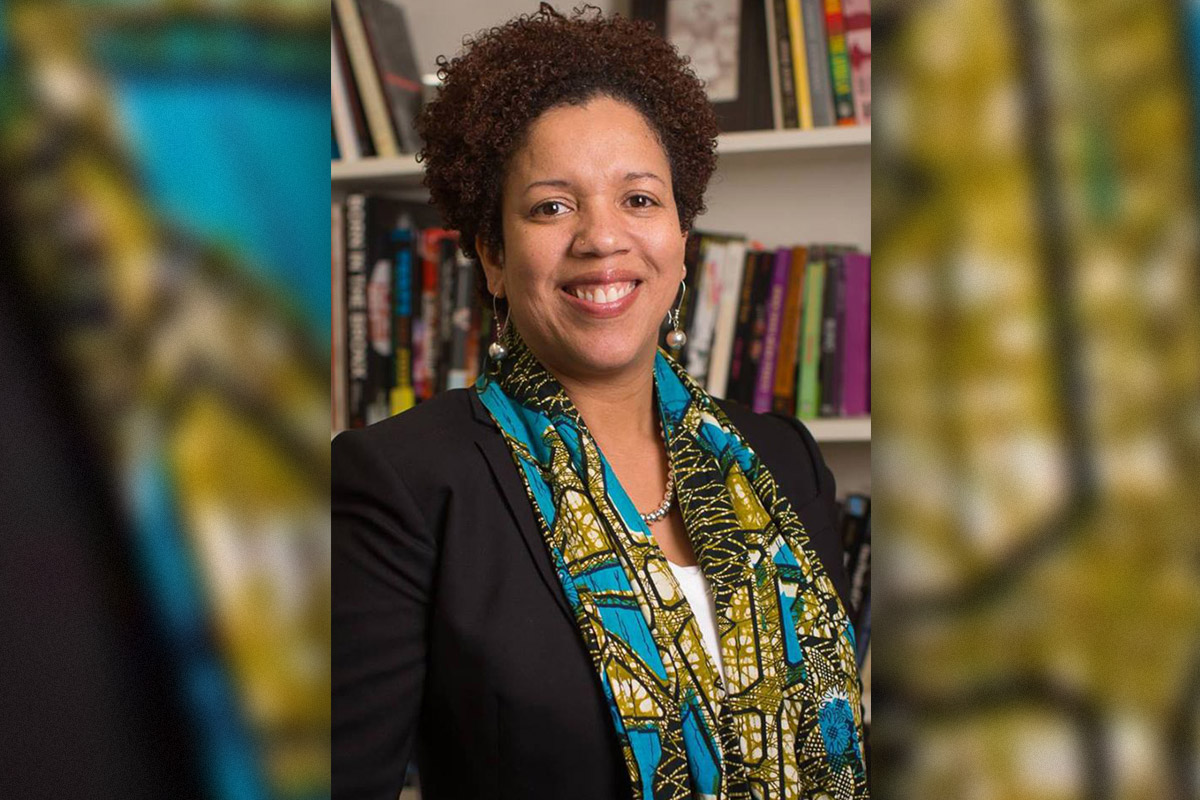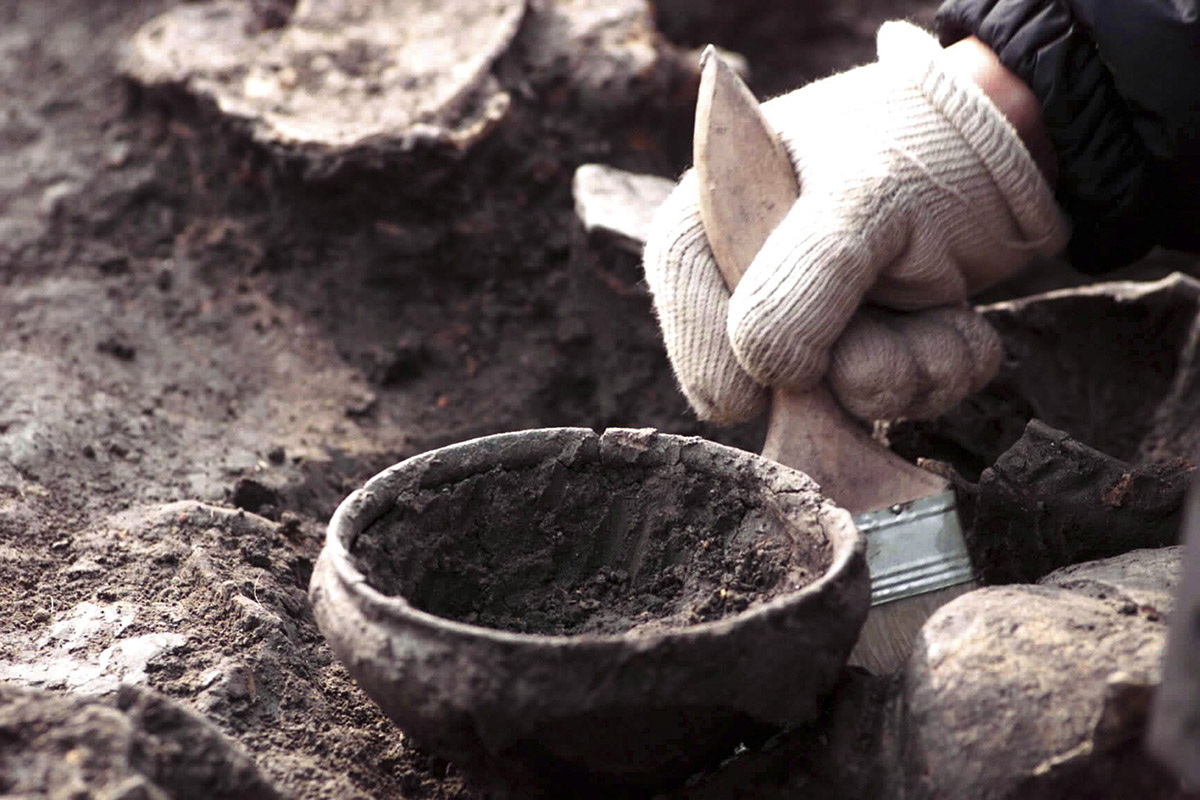Move Over, 'Tomb Raider': Here Are 11 Pioneering Women Archaeologists
Whitney Battle-Baptiste

Whitney Battle-Baptiste, an American historical archaeologist of African and Cherokee descent, combines archaeology, academics and activism, and her research examines the intersection of race, gender, class and sexuality as seen "through an archaeological lens," Battle-Baptiste wrote on her website. She is an important pioneer in reconstructing and interpreting life for African Americans through exploration of African American family homesteads and domestic spaces of enslaved Africans. In her book "Black Feminist Archaeology" (Left Coast Press, 2011), Battle-Baptiste proposed improving modern practices of historical archaeology through principles of Black feminism, and challenges the field of archaeology to develop greater sensitivity toward questions of gender and race.
Recommended reading

Can't get enough of the amazing achievements of women in archaeology, past and present?
This list represents just a fraction of the women who revolutionized the field, and who continue to make their mark today. But if you want to dig even deeper, you can find many more examples at the websites Trowelblazers and the Society of Black Archaeologists — pay them a visit to learn more.
Get the world’s most fascinating discoveries delivered straight to your inbox.

Mindy Weisberger is a science journalist and author of "Rise of the Zombie Bugs: The Surprising Science of Parasitic Mind-Control" (Hopkins Press). She formerly edited for Scholastic and was a channel editor and senior writer for Live Science. She has reported on general science, covering climate change, paleontology, biology and space. Mindy studied film at Columbia University; prior to LS, she produced, wrote and directed media for the American Museum of Natural History in NYC. Her videos about dinosaurs, astrophysics, biodiversity and evolution appear in museums and science centers worldwide, earning awards such as the CINE Golden Eagle and the Communicator Award of Excellence. Her writing has also appeared in Scientific American, The Washington Post, How It Works Magazine and CNN.


